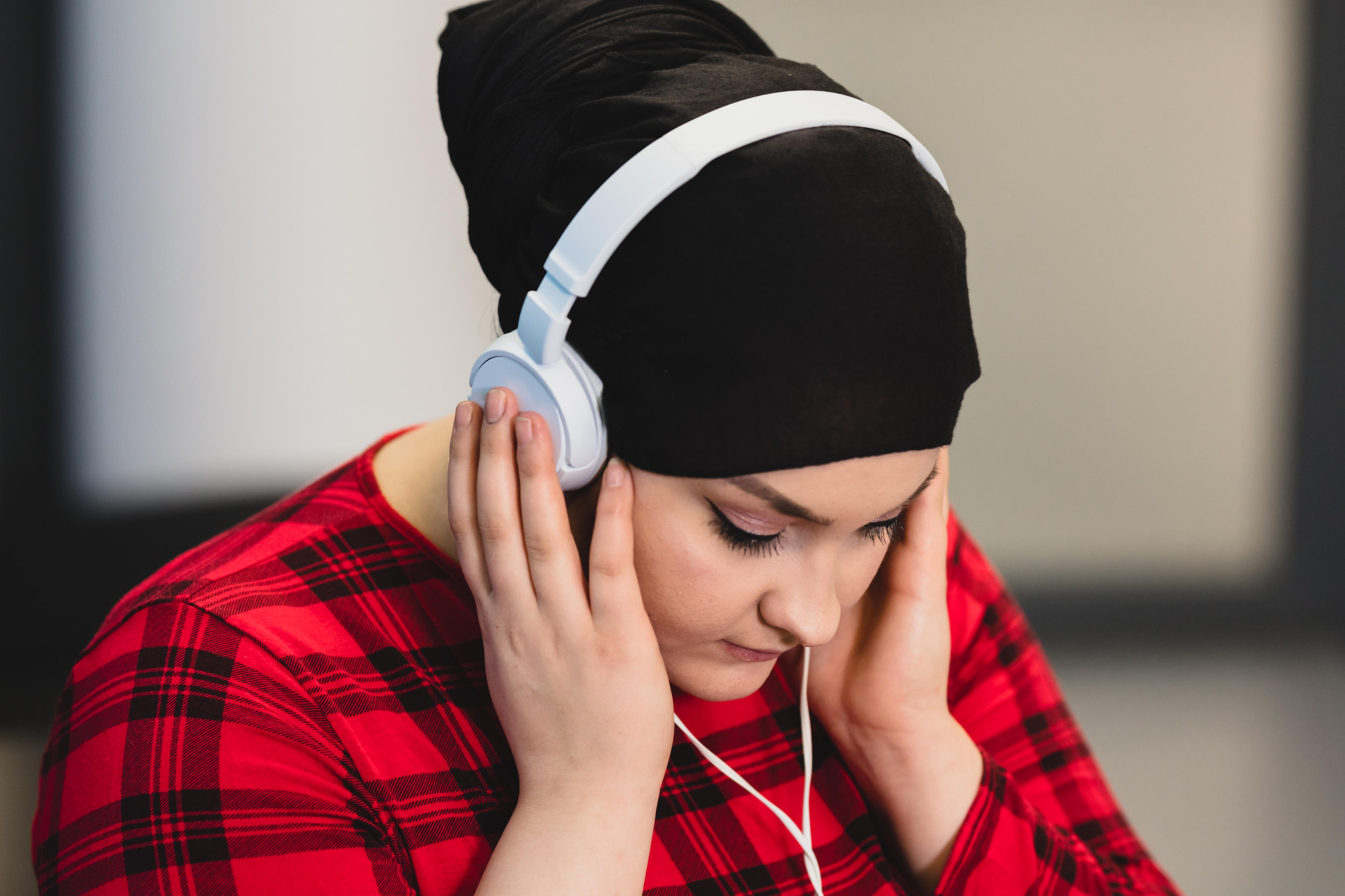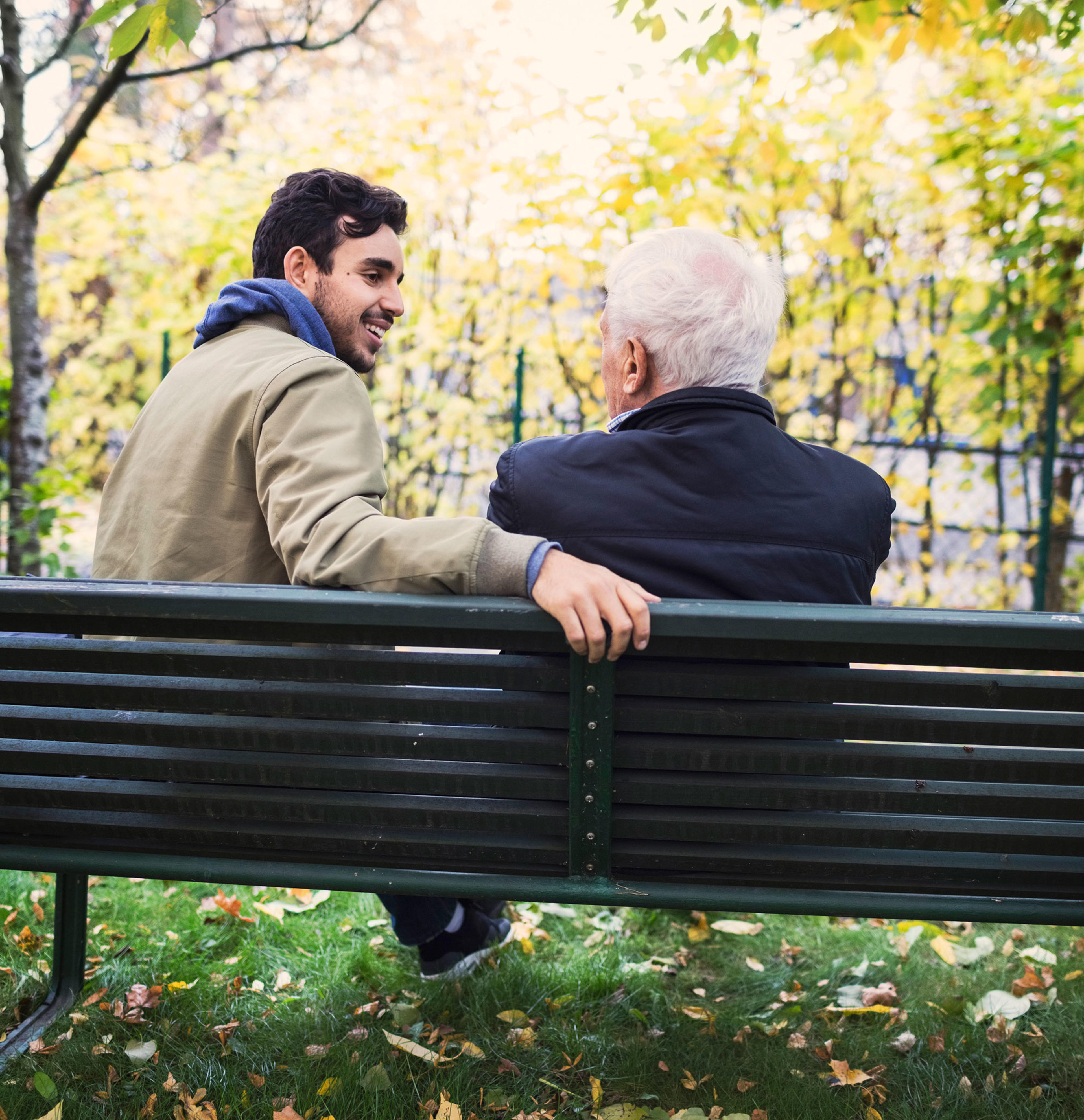Culture has an impact on how we think about health and illness. Culture is a community’s shared way of life. It consists of learned models for how to act and behave, values and attitudes, and the material environment. Culture is a web of meanings that people weave around themselves – a way to make sense of information. Culture includes both material and immaterial dimensions; some elements are consciously acknowledged, while others are present without our awareness. Culture affects our views on what is morally right or ethically sustainable. Culture manifests itself in forms such as the arts, the sciences, and different religions. Language is an expression of culture.
Cultural aspects of palliative care
Our behaviour and our actions are significantly shaped by the habits and culture of the community and society around us. Our cultural experiences contribute to our quality of life.

Culture shapes our ideas of health and illness. The way we observe our surroundings, as well as things like our own body, is partly tied to our cultural context. In a way, we become accustomed to noticing certain things that are meaningful to us, and our reactions to them are based on our culture. Culture affects our experience of illness and its symptoms, and especially the meaning that we assign to them. The culture we have grown up in, or whose sphere of influence we live within, even impacts the ways in which we conceptualise and process the finite nature of life, as well as death.
Various cultural products, such as music, the visual arts, and literature, have their role as components contributing to our quality of life. Culture can also support our wellbeing when illness impacts our own life or the life of someone close to us. In addition, cultural experiences familiar to us may help create a sense of safety in a situation that feels confusing or even scary; for example, music has the ability to reduce the stress and pain that we’re experiencing.
Our favourite television show, a film we enjoy, a concert featuring our favourite artist, or a new art exhibition can serve as a chance to take a breather and offer us a pleasant experience, but they can also help us face our thoughts and emotions, either alone or with others. For example, it’s worth seeing what kind of effect music has on the way you’re feeling. In addition to your favourite music, you can give different genres of music a try, based on your current mood, and make use of all the varieties available.
In addition, drawing and painting can be used both as pleasant activities and as ways to express emotions. This doesn’t require any particular artistic skills, but simply being curious to see how it feels to express yourself artistically, and what your mind decides to produce on paper. Activities such as guided music or art therapy can also be made a part of palliative care and hospice care.
Aesthetic experiences, related to our ideas of beauty, may help us face our contradictory emotions concerning the approaching end of our life by giving us a more comprehensive understanding or experience of life and death. With the help of our experiences of beauty, we may be able to form a new relationship with life – as well as with death – that is more whole than before.
Especially near the end of life, religious rituals and religious art – also counted as cultural experiences – often have great significance within their own reference group.
Updated 5.5.2025

